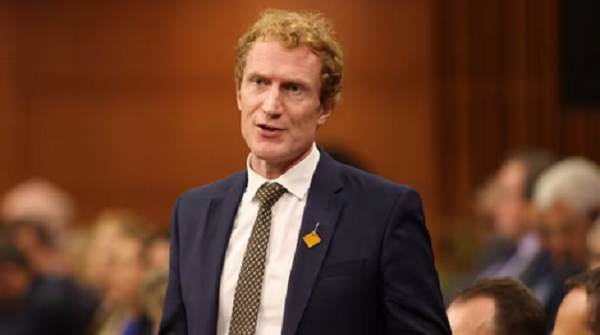Following its lagging behind in housing target, Ontario takes more steps to boost construction
Reeling from the $8.28-billion Greenbelt land swap scandal under investigation by the RCMP, Premier Doug Ford’s government is taking another stab at helping municipalities build homes faster to ease a housing shortage.
New rules taking effect Oct. 20 will encourage building near major transit stations and on underused and low-density properties such as strip plazas and shopping malls, Municipal Affairs and Housing Minister Paul Calandra said Tuesday.
More housing options, such as for seniors and students, will also be encouraged as the population swells. Criticisms of previous plans included concerns that a focus on single-family homes encouraged sprawl and did not meet all needs in the real estate market.
“Even though housing starts have been impacted by global uncertainty and high interest rates, we are laying the groundwork for a long-term building boom as economic circumstances improve,” Calandra told mayors, councillors and officials from across the province at the annual Association of Municipalities of Ontario conference in Ottawa.
The new rules are in a revised and streamlined provincial planning statement — the guidebook for municipalities as they plan future development — that at 20,517 words is 60 per cent shorter than the previous 51,177-word version.
“It will ensure one consistent set of planning direction across the province,” Calandra added.
“It recognizes that municipalities understand local challenges and priorities when it comes to building homes…it is you who know best what you should be building.”
The opposition New Democrats said the province “continues to ignore” key recommendations from its own housing accountability task force, such as gently increasing density in all neighbourhoods.
“Instead, the Ford government has chosen to keep enriching land speculators who profit from unsustainable sprawl and farmland loss,” NDP Leader Marit Stiles added in a statement.
“It means people looking for more affordable options like semi-detached, townhome or fourplex apartments will continue to be unfairly shut out of the neighbourhoods where they want to live.”
Liberal MPP and housing critic Adil Shamji (Don Valley East) said Calandra’s change does nothing but “tinker with policies … while young people and seniors struggle to afford homes.”
Housing construction delays caused by the Greenbelt scandal, pandemic-related shortages of construction materials and high interest rates have put Ford’s Progressive Conservatives at risk of missing their target of building 1.5 million new homes by 2031.
The changes come just four months after Calandra brought in sweeping legislation called The Cutting Red Tape to Build More Homes Act.
Among other things, it eliminated parking requirements for high-density housing projects near transit stations, streamlined approvals for garden suites, laneway housing and basement apartments, and prioritized roads and waterworks for ready-to-go projects.
Calandra’s new rules follow three rounds of consultations in the last two years that included Indigenous communities, and input from 21 Ontario government ministries with an eye to protecting agricultural areas and planning for infrastructure such as roads, hydro and gas lines.
He said housing approvals are already on the upswing in several cities, such as London, which has green-lighted 10,000 so far this year, compared with 5,300 in all of 2023.
Calandra credited Hamilton Mayor Andrea Horwath, a former leader of Ontario’s NDP, for using strong mayor powers to transform parking lots into affordable housing.
This article was first reported by The Star













